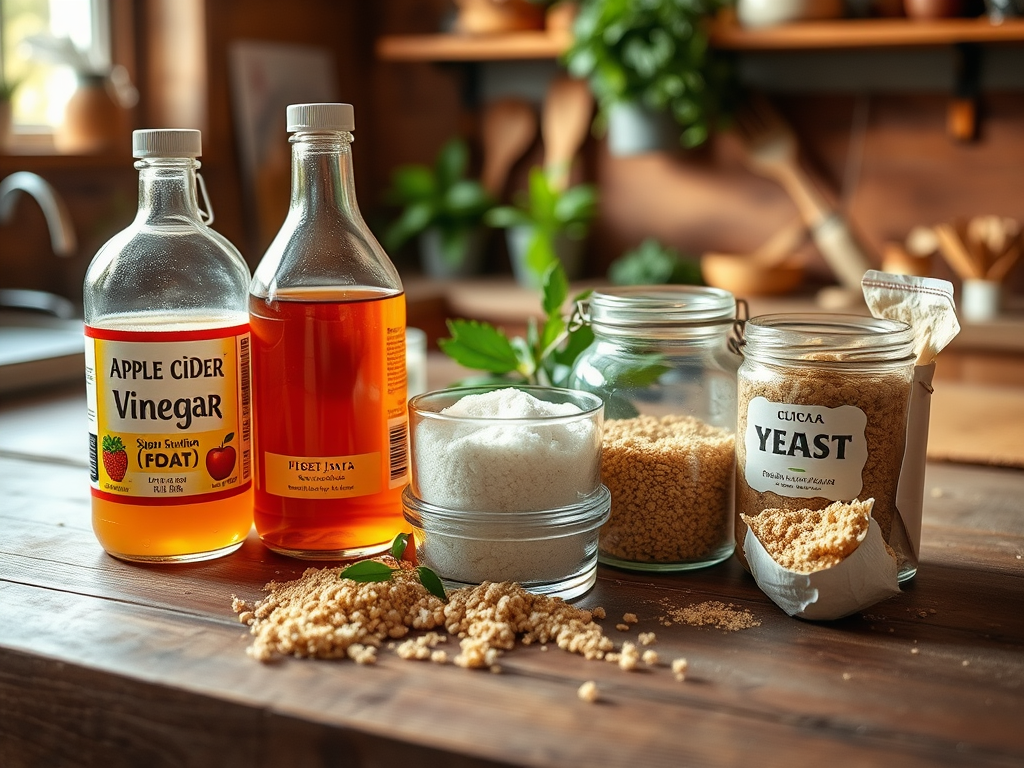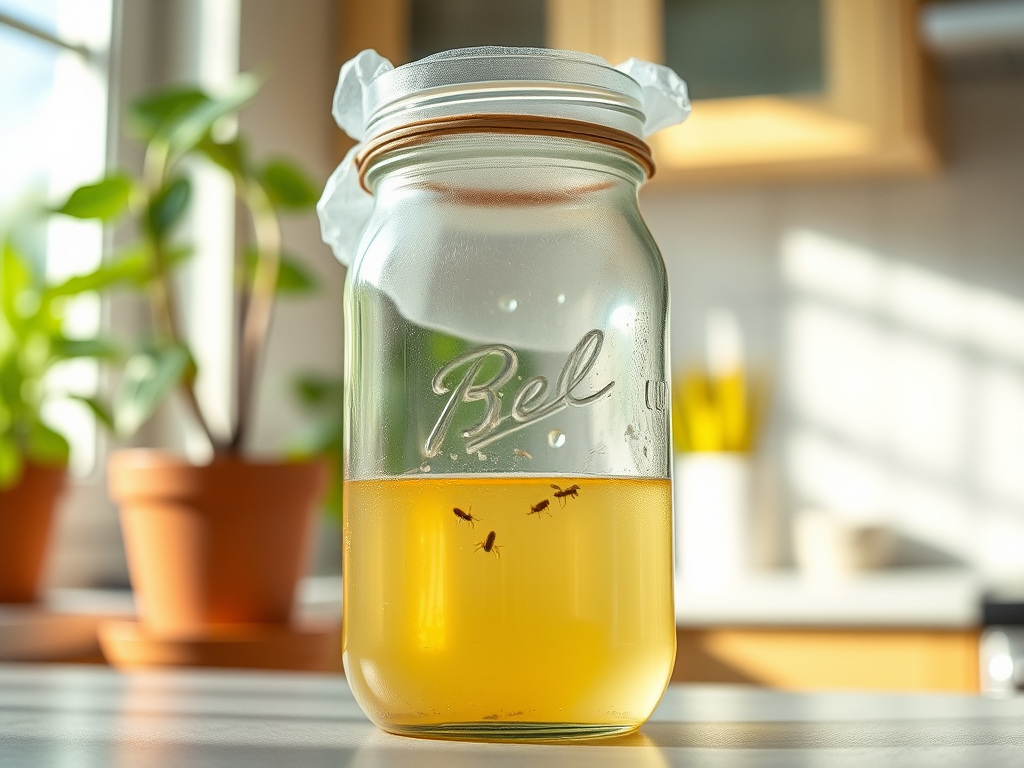Gnat Attractants: What You Need to Know for Successful Trapping
As the warm months roll in, many homeowners find themselves contending with gnats—those tiny, pesky flying insects that seem to appear out of nowhere. While they may seem harmless at first, gnats can quickly become an unwelcome presence, especially in kitchens and gardens. Understanding how to effectively attract and trap gnats is essential for reclaiming your space and keeping these nuisances at bay. The right combination of knowledge and strategic action can dramatically lower the gnat population in your area. In this article, we will delve into gnat behavior, the types of attractants available, and effective trapping methods that can help you regain control and enjoy a more pleasant environment.
Understanding Gnats and Their Behavior

Gnats can be broadly categorized into various species, each possessing unique behaviors and preferences. Commonly, these tiny creatures are attracted to moisture and organic matter, making them particularly abundant around plants and decaying fruit. Knowing their behavior is crucial, as it informs the most effective trapping methods. They reproduce rapidly, which means a small problem can escalate into a larger infestation if not addressed promptly. Understanding where they breed and what they seek out can help in formulating an effective strategy for trapping and reducing their numbers.
Types of Gnats

Different types of gnats not only have varying appearances but also distinct attractant preferences. Identifying the specific type of gnat you are dealing with can significantly influence your trapping success. Below are some common varieties and their main attractants:
- Fungal Gnats: Prefer moist soil and decaying plant matter.
- Fruit Flies: Attracted to overripe and fermenting fruits.
- Drain Flies: Drawn to stagnant water and organic debris found in drains.
Key Attractants for Gnat Trapping
The effectiveness of gnat traps hinges largely on the attractants used. Many of the most effective attractants are easily accessible and can be incorporated into your trapping strategy. Below are some noteworthy options you should consider:
| Attractant | Description |
|---|---|
| Vinegar | Apple cider vinegar’s fermented scent attracts many gnat species. |
| Sugar Solutions | A mixture of sugar and water entices gnats seeking energy. |
| Yeast-based Solutions | Yeast creates carbon dioxide that attracts mainly fruit flies. |
One of the most popular choices for attracting gnats is apple cider vinegar. Its pungent scent and acidic nature make it irresistible to many flying insects, including both fruit flies and fungal gnats. The sweet, fermented aroma mimics the smell of decaying fruit, drawing them into traps. This attractant can be employed in a variety of trapping methods, making it an essential staple for anyone looking to tackle gnat infestations. Additionally, its affordability and ease of accessibility make it an excellent option for household use.
Effective Trapping Techniques
Once you have selected your attractants, it’s time to implement effective trapping techniques. Both DIY traps and store-bought options can be utilized for successful gnat capture. Below are some ideas for creating your own traps using simple materials you may already have at home:
- Jar or bowl
- Vinegar or sugar solution
- Plastic wrap
- Rubber band
Making your own gnat traps is not only cost-effective, but it’s also an educational project that can engage family members. Here’s how to create a simple yet effective gnat trap:
- Fill the jar or bowl with your chosen attractant.
- Cover the top tightly with plastic wrap, ensuring no gaps.
- Secure the wrap with a rubber band, leaving the edges taut.
- Poke small holes in the plastic wrap, allowing gnats to enter but not escape.
Preventive Measures
An ounce of prevention is worth a pound of cure. By implementing preventive measures, you can effectively reduce the chances of a gnat infestation in the first place. Maintaining a clean environment is your best defense against attracting these pests. Consider the following strategies:
- Eliminate all sources of standing water.
- Dispose of food waste immediately, especially fruit peels and scraps.
- Regularly clean out your drains to remove organic accumulation.
Conclusion
Successfully managing gnat populations involves a combination of understanding their behavior, selecting the right attractants, and utilizing effective trapping methods. Whether you choose to go the DIY route or purchase commercial traps, the key to success lies in your proactive approach. By implementing preventive measures, such as eliminating standing water and managing waste properly, you can create an environment that is less inviting to these tiny intruders. With the right strategies in place, you’ll be well on your way to enjoying your home once more.
Frequently Asked Questions
- What are gnats attracted to? Gnats are typically attracted to moisture, decaying organic matter, and sugary substances.
- How do I identify gnat species? Gnats can be identified by their behavior and habitat; for instance, fungal gnats are usually found in soil while fruit flies hover around fermenting fruits.
- Can I make a gnat trap at home? Yes, you can easily create a DIY gnat trap using vinegar or a sugar solution in a covered jar.
- What preventative measures can I take? To prevent gnats, eliminate standing water and manage waste properly to reduce their breeding grounds.
- Are commercial gnat traps effective? Yes, many commercial traps utilize pheromones and sticky surfaces to effectively capture gnats.
